Bank Fishing for Bass: Proven Tips to Catch More Without a Boat
We know why you’re here. You don’t have a boat, and you’re looking out over the lake, blaming all that water you can’t reach for a couple of back-to-back bad days. If you could only get in even a little kayak, you’d be catching bass like the pros.
Well, get out of that mindset, because there’s plenty of good fishing to be had right there on the bank.
You don’t need a $30,000 bass boat, and you don’t even need a cheap second-hand kayak off Craigslist. You can catch tournament-worthy bass right on the bank all day long.
Today, we’re going to go over 9 bass bank fishing tips that are going to up your game and put a stop to those bad days on the lake.
Newsletter Signup
Why Bank Fishing for Bass is Actually a Great Experience
A lot of people are less enthusiastic about bank fishing because so much of the bass fishing culture revolves around boats.
All the pros on TV are on boats, your favorite YouTube influencers are on boats, and you’re left there thinking you’re missing something when you’re stuck on the bank.
Before you even worry about tips, take a minute to look at all the boats on the water.
Where are they fishing? Usually, they’re within a few feet of the bank. They notoriously get so close to the bank that bad fishermen irritate bank anglers by running over their lines without a care in the world.
That’s because the best spots to catch bass are almost always close to the bank where manmade structures are most often built, trees fall in during bad storms or as the bank erodes, and the bait fish tend to be the most densely populated.
While the middle of the lake certainly isn’t empty, it’s also not prime bass territory most of the time.
Now, that doesn’t mean there aren’t disadvantages.
Boat anglers can still get to far sides of the bank that aren’t easily accessible on foot, but you still get access to a lot of the best spots, and if you’re particularly stubborn, you can usually trek to those far-off spots.
You might just get caught up in the brush or deal with untamed paths.
In exchange for that, you save a lot of money, don’t have to fight over the boat ramp, and don’t have nearly as many safety considerations to worry about.
Catching Big Bass from the Bank: Tips to Up Your Game
Now that we've got that out of the way and bass bank fishing is put into perspective, it’s time to give you some actionable tips that will help you make the most of it.
1: Keep Moving
When most anglers think about bank fishing, they picture the old man in a lawn chair for 8 hours straight, just waiting for bass to strike. That’s why he’s sitting there for so long without a bite.
The reality of it is that you need to stay mobile. Unless you’re just enjoying a relaxing day off, bank fishing isn’t a lazy experience. It can get pretty physical.
You have limited spots you can reach, and to make the most of them, you want to avoid wasting time at any given spot.
Cast at a prime location, do a quick fan-and-scan technique to make sure you cast around every viable spot in front of you and to your sides, and then move on. Usually, you won’t want to spend more than 15 minutes at a location without a bite.
With that being said, if you get a bite, feel free to reset that timer and keep going. There’s no need to move if there’s a good chance bass are in the area.
2: Drop the Tackle box and Buy a Backpack or Vest
One of the best bank fishing tips you can get is to stop bothering with a tackle box.
That’s why so many anglers want to sit in one spot when they fish from the bank. They don’t want to lug a big tackle box around all day. We don’t blame you, but we have a solution.
If you have a decent amount of gear, buy a backpack that’s rugged enough to be dropped on the ground, carried through brush, etc.
You’ll have plenty of space to carry a few Plano boxes of lures, weights, and hooks, terminal tackle, and even some essential outdoors items such as gloves, a water bottle, a little med kit, etc.
You just can’t take a massive tackle box with you and practically have a whole tackle shop on the water.
We like to scale this down even further. You might be fishing for bass, but a fly fishing vest’s pockets are great for storing your must-have lures.
We’ve even had a lot of success taking a Plano Magnum box that fits in our pocket, putting a few of our top lures in there, and that’s it.
The lighter you can make your kit, the better. Of course, with any idea smaller than the backpack idea, you’ll want to ensure your rod is fully set up before you head out.
If you don’t have the room for a bunch of extra line spools, tools, and gizmos, you’ll want to make sure your setup is extremely reliable.
This approach is going to let you cover a lot more ground faster and more comfortably, and it’s usually easier to access your gear, too.
3: Cast from Several Yards Away from the Bank
One big mistake that even veteran bank fishermen make is that they get out of the car, walk right up to their favorite bank spot, and cast to a spot they think a bass is hiding.
That causes one major problem. If there’s a bass relaxing along the bank, it’ll dart off by the time you reach the edge and cast.
Instead, we prefer to take a more cautious approach to our first cast.
This is the perfect setup for new and seasoned anglers alike for bank bass fishing.
On that first cast, walk up to about 10 feet away from the bank itself. Then make your cast and retrieve it with whatever presentation you want. If there’s a bass right along the edge, you might catch it right away instead of spooking it before your lure ever hits the water.
You should also maintain a bit of distance as you walk between spots, and then when you make your first cast in a new spot, do the same thing.
Once you’ve made your first cast and made sure you weren’t missing something right along the bank, you can move up and maximize your casting distance.
4: Separate the Lake into Spots
On foot, you are not covering every inch of the lake. You probably won’t even be able to cover every bit of a sizable park pond unless you have all day.
Instead, look at the layout of the water, and pick a handful of key spots that are likely to have bass. Maybe one section has Lili pads all along the bank, another has a dock or boat ramp, and another bit close by has a weed-covered bottom. Pick one to start from, fish the entire spot for about 15 minutes, and then walk to the next one.
This keeps you from wasting time on every little area and focuses your efforts on spots likely to have bass.
Just make sure you’re choosing spots that are relatively close together. You want to be able to walk to the next spot quickly. If it feels like you’re on a hiking trip, there’s too much space between the spots you’re targeting.
Then, you can cycle back through those spots or jump to a different, larger area entirely if you’re not catching anything.
5: Dress Appropriately and Prioritize Safety
Boating is generally more dangerous than fishing from the bank.
It’s usually easier to fall into or bump into a dangerous hazard, etc.
However, there are things you need to focus on when you fish from the bank, and this tip is just as important as any tip telling you which lure to use or how to make the most of your time.
This sun hoodie was designed to take a beating and help you while you cast a line.
Like we said, bank fishing isn’t the lazy way of doing things, and to be effective, you’re going to be on the move a lot. A lot of lakes, ponds, and rivers have steep embankments, rocky banks, etc.
Make sure you’re wearing appropriate footwear to avoid slipping and falling, and have appropriate outdoor clothing to help you move without restriction.
These deck boots outlast the longest days on the bank bass fishing.
Also, you can take care of that risk for the most part by simply acknowledging your capabilities and not doing something you’re likely to get hurt doing.
If you fall down a rocky bank, you can’t focus on putting any of the other tips to good use.
6: Consider a Sonar Float
One of the big advantages that boat anglers have is that they almost always have sonar units on their boats.
For the longest time, that wasn’t an option for bank fishermen. You just had to cast around and rely on old-fashioned fishing techniques. That’s not the case anymore.
There are a variety of bobber-like sonar units on the market, and you can use them to get readouts of the lake, see where fish are, and more. Just like you do with a normal boat-mounted sonar.
These are typically tied to your line just like a rig, and you cast them out. They scan the lake, and they send the imagery to your phone or another handheld unit.
For between $50 and $200, you really can’t beat it. The only downside is that you have to be extremely confident in your knot. An expensive sonar bobber flying off the end when you cast it is a lot more painful than losing a little $5 crankbait the same way.
This Sonar float is the best bang for your buck.
7: Pick the Right spot
Since you can’t access the entirety of the lake on foot, you want to make sure you pick a spot that maximizes your options.
Usually, a side of the lake that’s just a barren and straight bank with nothing but a single boat ramp for cover isn’t going to be a good option for bass fishing. Especially if the other side has several high-priority spots within a hundred yards of one another.
You want to shorten the amount of walking you do and maximize the amount of fishing you do. The best way to do that is to pick an area that gives you a reason to move around without hiking nonstop.
8: Don’t Let the Rod Do the Work
If you’re coming from years as a boat fisherman, you’re probably used to having a nice net with you that you can sit next to your seat and easily scoop even the largest bass right out of the water.
You can use a net for bank fishing, but it’s usually a bit harder to handle, balancing on the edge of the bank, holding the rod properly, and trying to get a net under the fish.
Instead, a lot of bank anglers try to manhandle the bass straight up out of the water with their rod.
Don’t. A lot of the time, if the fish pops off, it’s going to happen while you’re doing that. That, or your rod is going to snap.
Use one arm to hold your rod up high without trying to lift the fish out. Just enough to keep tension on it and prevent the bass from running.
While the bass is right up on the bank, crouch low, maintain your balance, and lip it. If it’s a bigger bass, don’t pull it out all the way. Once you have a good grip on its lip, you can let go of the rod and use your other hand to support its body.
This is better for you, the fish, and your equipment.
9: Cast and Walk to the Retrieval Point
Alright, you have a long stretch of bank ahead of you, you’re not getting much casting distance, and you want to work the whole stretch. Want to cut down the amount of time it takes to do that and have a natural presentation?
Walk down to the end of the bank you don’t want to retrieve from, do a short cast to the distance you want to be away from the bank, and leave your line free.
You can walk your rod down to the other end of the bank before you close up your line, and you can keep your lure in the water down the entire stretch.
Just make sure you don’t get a bite while it settles in the water before you walk away, and don’t do it if the bank has a lot of hazards your line can get tangled in.
This is the perfect kit for any angler targeting bass in shallow water ponds.
Take Your Bass Fishing Adventures to the Bank
While much of bass fishing culture revolves around boats, the reality is you don’t need one to land trophy fish.
Bank fishing for bass opens up countless opportunities—no trailer, no ramp, no hassle.
Don’t let the lack of a boat hold you back. Grab your gear, scout the shoreline, and start reeling them in from the bank, and if you want to further improve your chances of catching trophy bass, take a look at the Bass Forecast fishing app.
Our app tracks real-time weather, leveraging bass industry research and proven seasonal patterns to deliver tailored forecasts, ratings, and tips.

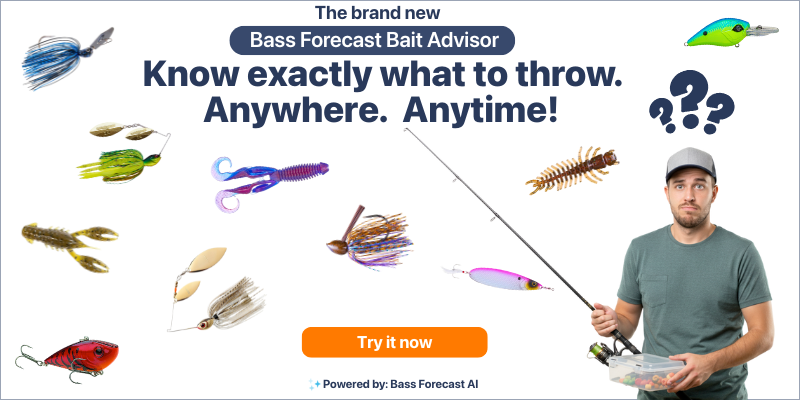


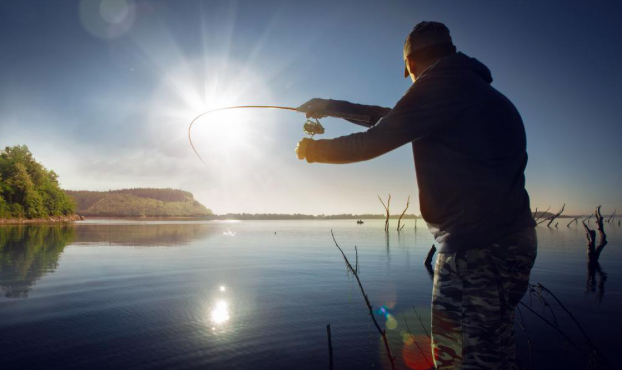
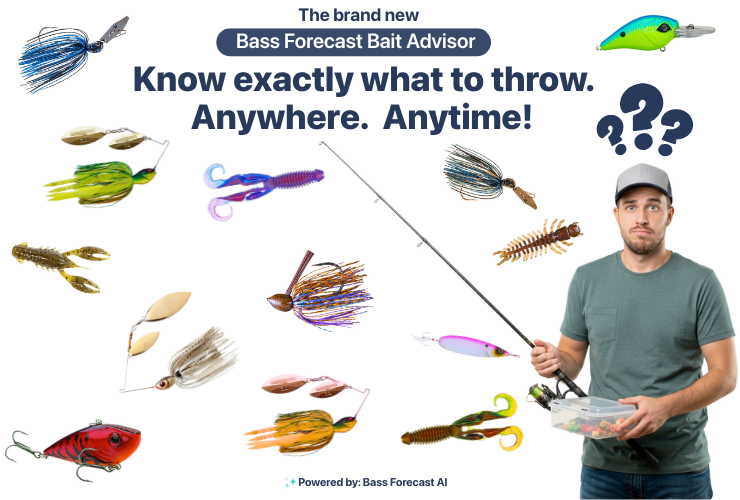

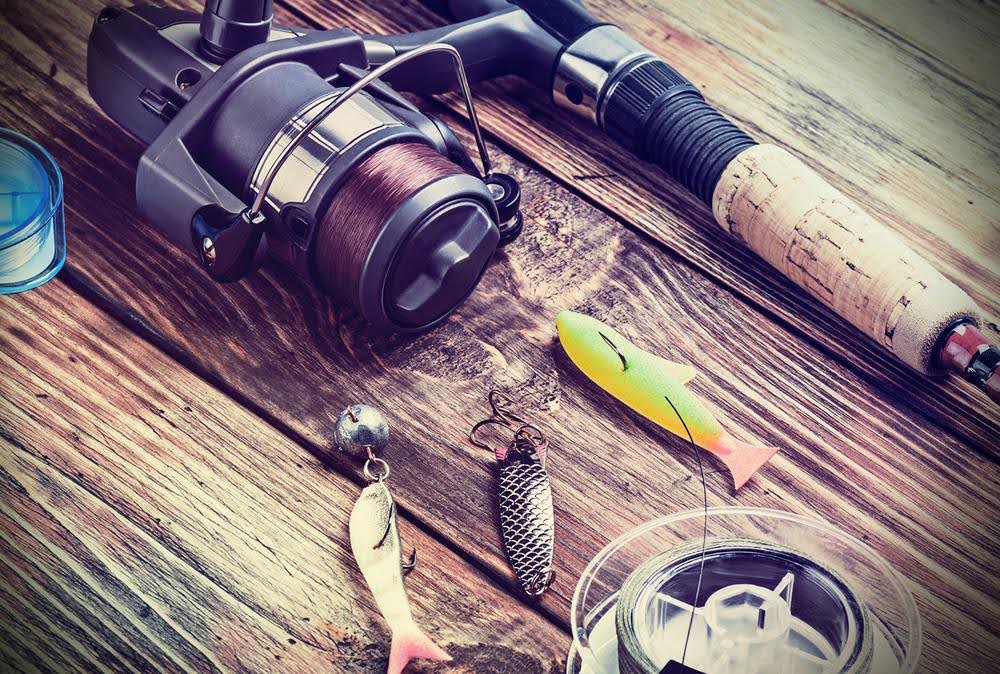
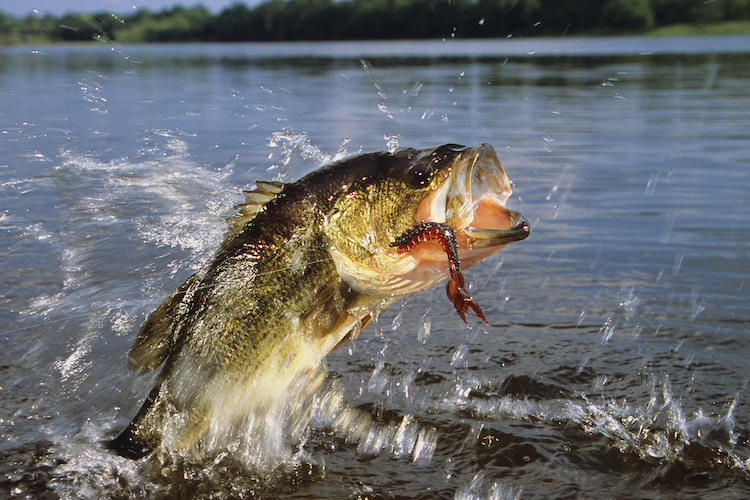
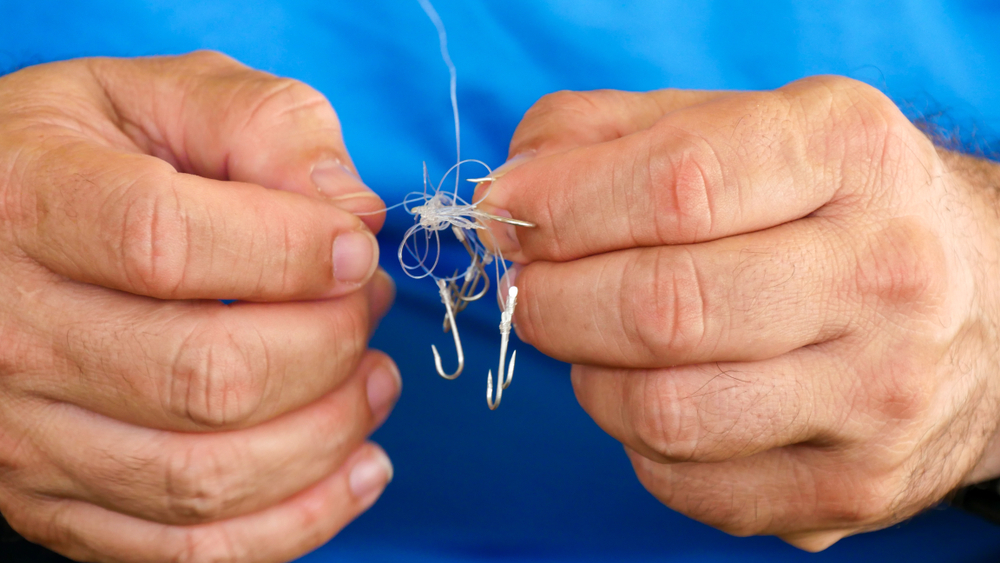

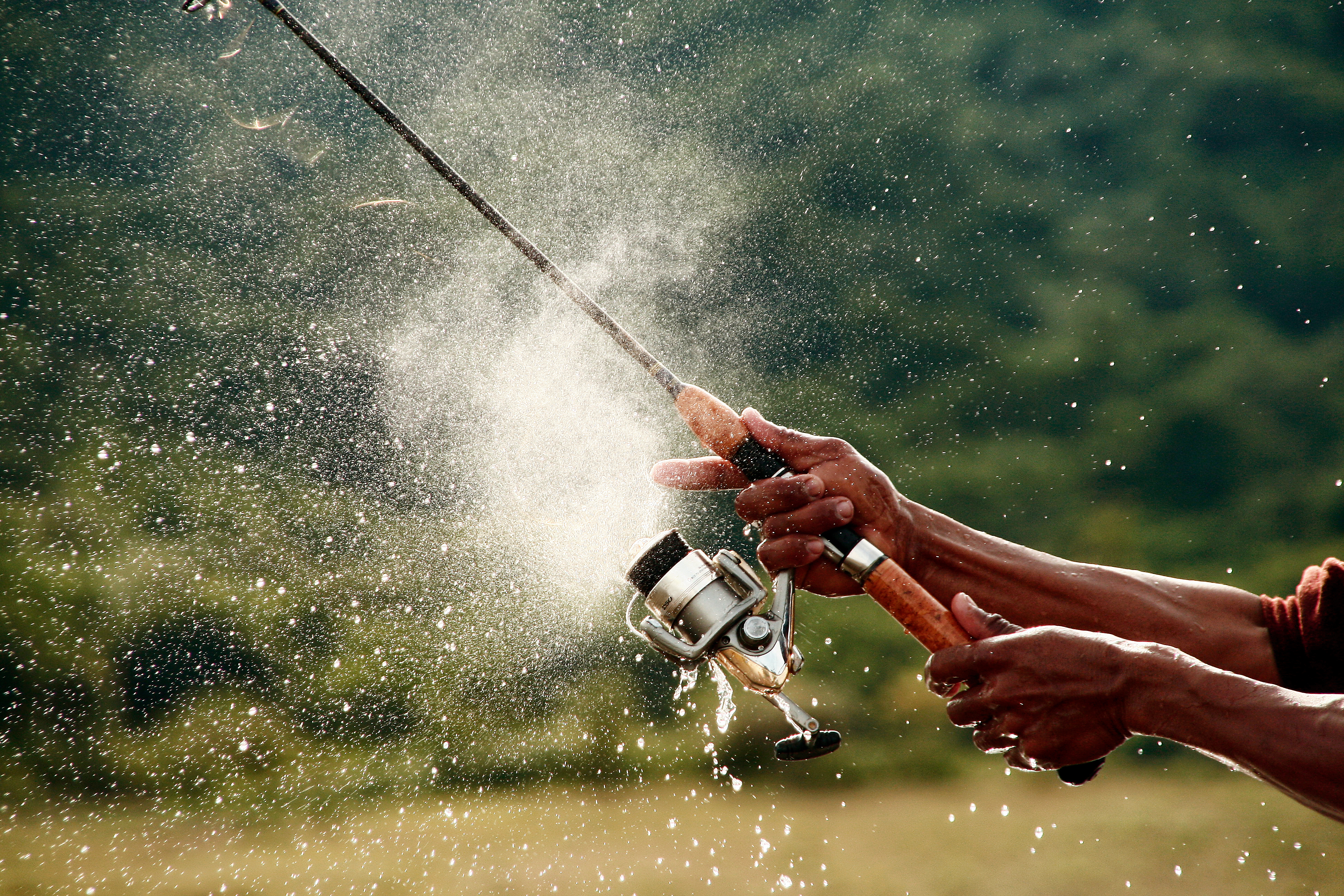
.png)
.png)